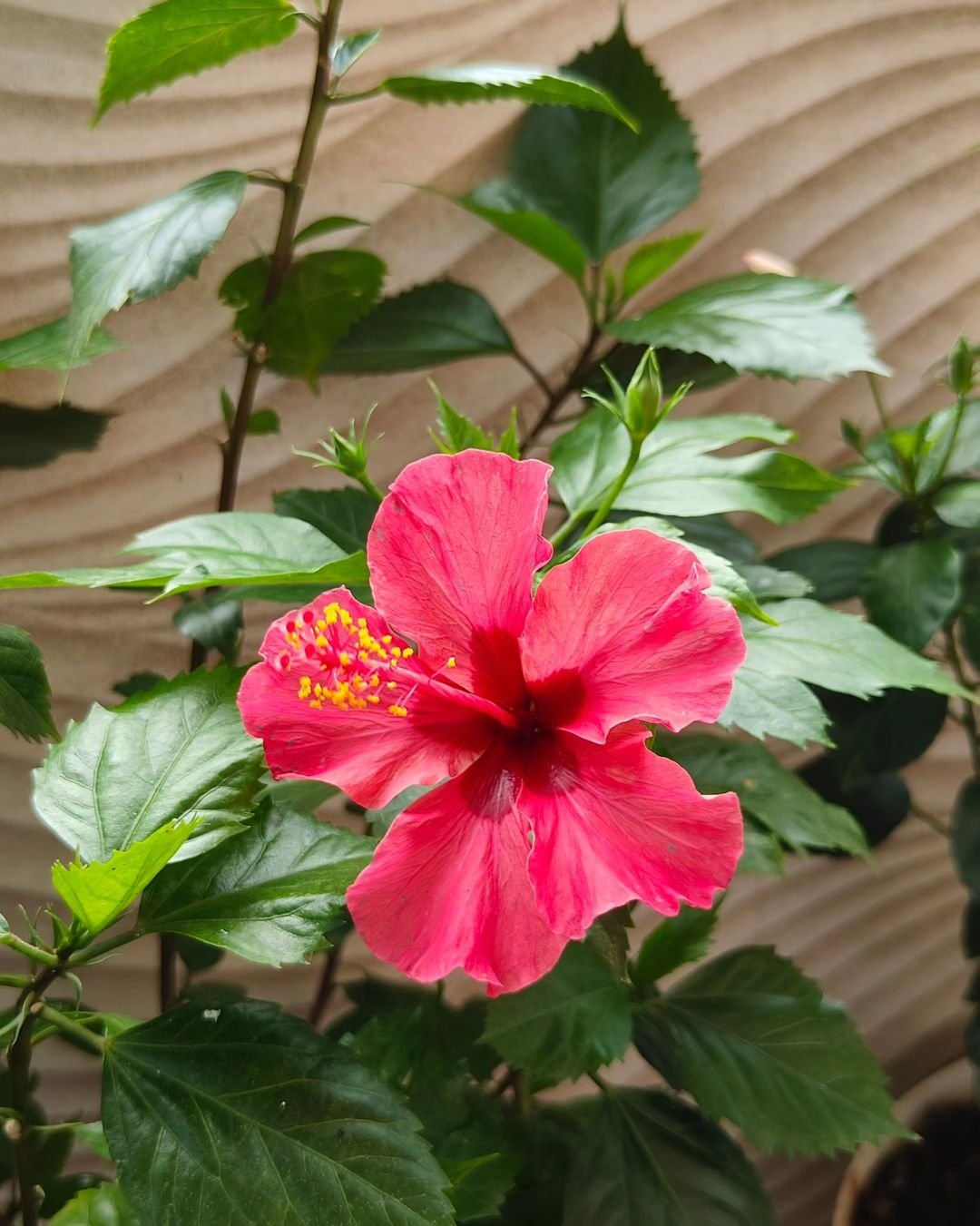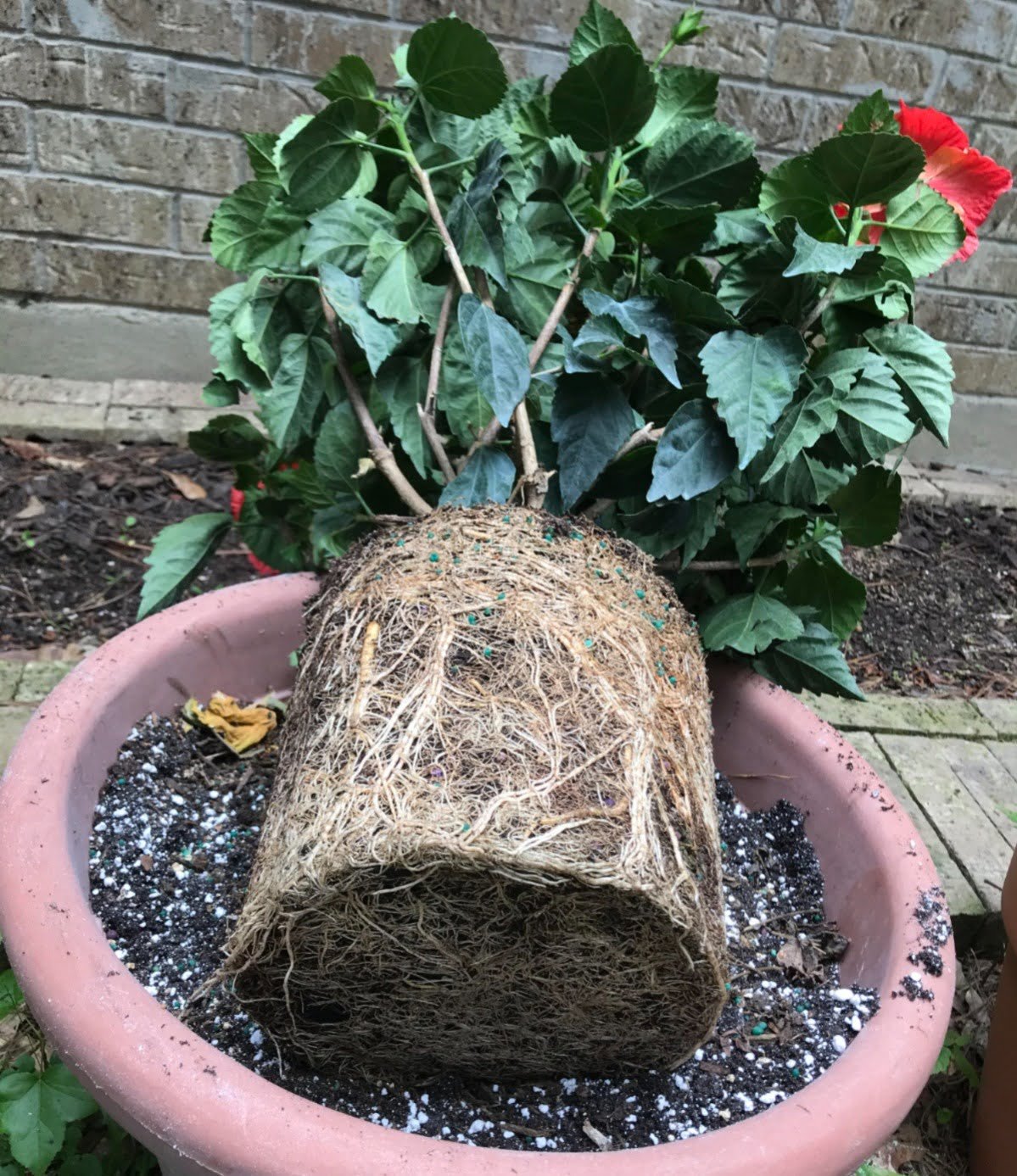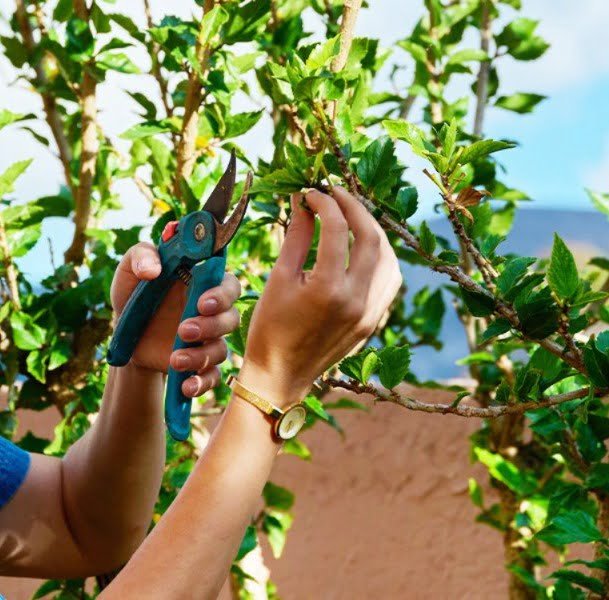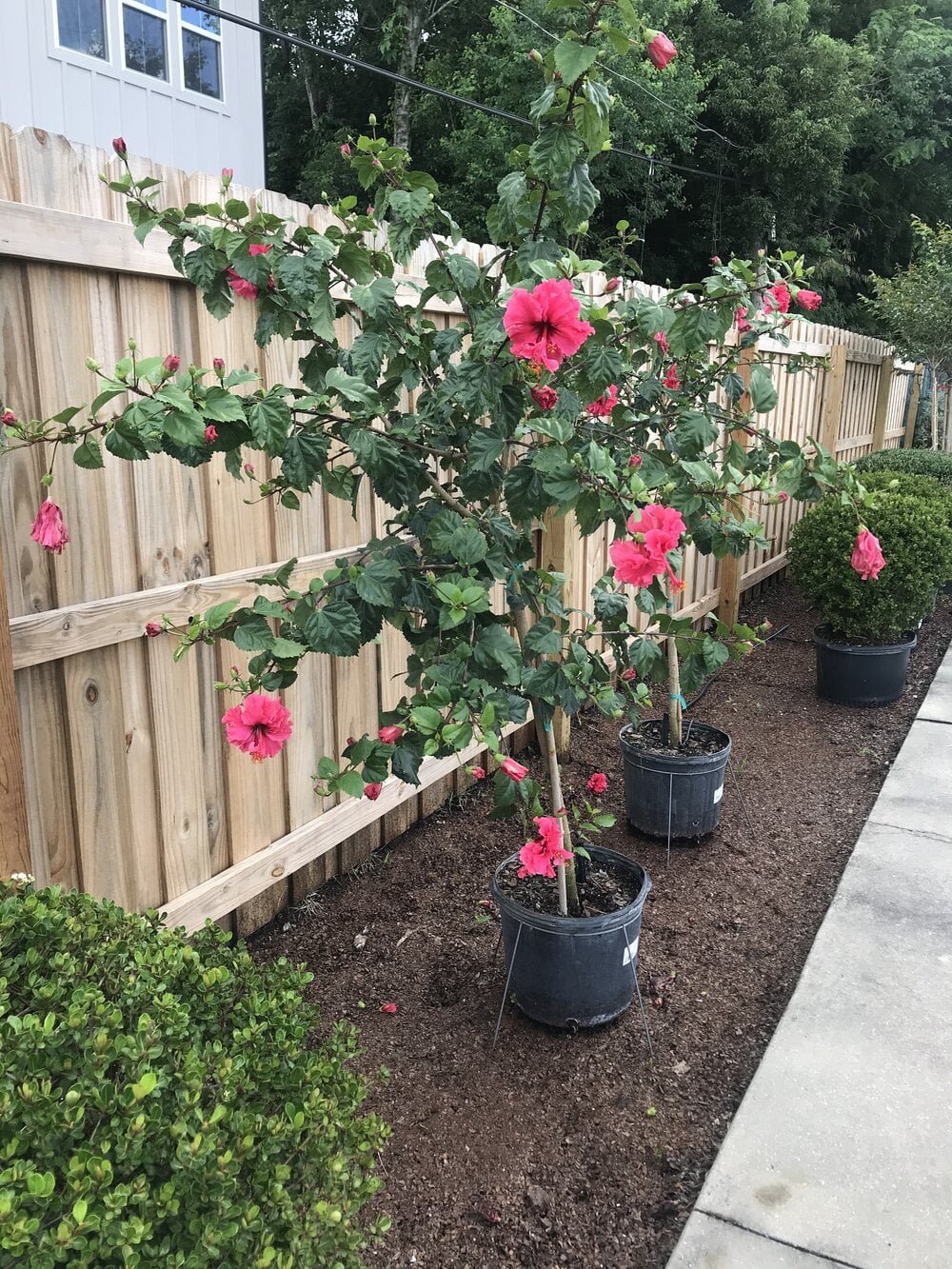Explore the ultimate guide to growing and caring for Hibiscus Flower. Discover essential tips on planting, watering, fertilizing and pruning to ensure vibrant blooms in your garden.
Hibiscus flower are beautiful, eye-catching plants that can brighten up any garden. With their large, colorful blooms, they’re a favorite among gardeners worldwide. This guide will help you grow and care for hibiscus, whether you’re a beginner or an experienced gardener.
Here’s a concise information chart about Hibiscus:
| Hibiscus | Information |
|---|---|
| Botanical Name | Hibiscus spp. (various species within the genus) |
| Common Name | Hibiscus |
| Appearance | Showy, trumpet-shaped flowers in various colors (red, pink, yellow, white, etc.), often with a prominent stamen and stigma |
| Leaf Shape | Typically ovate or lanceolate, sometimes palmate |
| Plant Type | Shrub or small tree, some species can be herbaceous perennials |
| Zones | Depends on species; generally, USDA Zones 4-11 |
| Sun Exposure | Full sun to part shade |
| Soil Type | Well-drained, fertile soil; tolerates a range of soil pH |
| Watering | Regular watering, soil should be kept evenly moist |
| Fertilization | Benefits from regular application of balanced fertilizer during growing season |
| Growth Habit | Bushy or upright; some species can be sprawling or compact |
| Height/Spread | Height varies by species: ranges from 3 feet to 15 feet or more; spread can match height depending on variety |
| Pests | Susceptible to aphids, spider mites, and whiteflies; also prone to leaf spots and root rot in poorly drained soil |
| Special Features | – Flowers: Large and vibrant, attract pollinators like bees and butterflies |
| – Cultural Significance: Often used in tropical and subtropical gardens, symbolizes delicate beauty and hospitality | |
| – Medicinal Uses: Some species used in traditional medicine for various ailments |
What is a Hibiscus?

Hibiscus is a group of flowering plants in the mallow family. There are hundreds of hibiscus species, including both tropical and hardy varieties. They’re known for their large, showy flowers that come in many colors like red, pink, yellow and white.
Types of Hibiscus
There are two main types of hibiscus:
- Tropical Hibiscus: These are evergreen plants that thrive in warm climates. They have glossy leaves and produce flowers that last only a day.
- Hardy Hibiscus: These can survive colder temperatures and lose their leaves in winter. They have larger flowers that can last several days.
Choosing the Right Hibiscus
When picking a hibiscus, think about:
- Your climate
- The space you have
- The color you want
- Whether you want to grow it in the ground or in a pot
For colder areas, hardy hibiscus is a good choice. If you live in a warm place or want to grow hibiscus in pots that you can bring inside, tropical varieties work well.
Planting Hibiscus.

Planting your hibiscus right is key to its success. Here’s how:
- Choose the right spot: Hibiscus loves sun. Pick a place that gets at least 6 hours of direct sunlight daily.
- Prepare the soil: Hibiscus likes rich, well-draining soil. Mix in some compost to improve soil quality.
- Dig a hole: Make it twice as wide as the root ball and just as deep.
- Plant carefully: Place the plant in the hole, making sure it’s at the same depth as it was in its pot.
- Water well: Give it a good drink after planting to help it settle.
Watering Your Hibiscus
Hibiscus plants like water, but they don’t like wet feet. Here’s how to water them right:
- Water deeply: Give your hibiscus a good, deep watering rather than frequent light sprinkles.
- Check the soil: Stick your finger about an inch into the soil. If it’s dry, it’s time to water.
- Adjust for weather: Water more in hot, dry weather and less when it’s cool or rainy.
- Use mulch: Mulching around your hibiscus helps keep moisture in the soil.
Fertilizing Hibiscus
Hibiscus plants are heavy feeders. They need regular fertilizing to produce lots of blooms. Here’s what to do:
- Choose the right fertilizer: Use a balanced, water-soluble fertilizer made for flowering plants.
- Fertilize regularly: Feed your hibiscus every 2-3 weeks during the growing season.
- Don’t overdo it: Too much fertilizer can burn the roots. Always follow the package instructions.
- Use organic options: Compost tea is a great natural fertilizer for hibiscus.
Pruning Hibiscus

Pruning helps keep your hibiscus healthy and shapely. Here’s how to do it:
- When to prune: Prune in late winter or early spring before new growth starts.
- How much to prune: You can cut back up to 1/3 of the plant’s size.
- Where to cut: Make cuts just above a leaf node (where leaves grow from the stem).
- Remove dead or diseased branches: Cut these off anytime you see them.
- Pinch new growth: Pinching off the tips of new stems encourages bushy growth.
Overwintering Hibiscus
How you care for hibiscus in winter depends on the type:
- Hardy hibiscus: These can stay in the ground. Cut them back to about 6 inches tall and cover with mulch.
- Tropical hibiscus: In cold areas, bring these inside before the first frost. Keep them in a bright, cool spot and water less often.
Common Hibiscus Problems

Even with good care, hibiscus can sometimes have issues. Here are some common problems and solutions:
- Yellow leaves: This could be due to overwatering, underwatering or nutrient deficiency. Check your watering habits and fertilize if needed.
- Pests: Aphids, whiteflies and spider mites can attack hibiscus. Use insecticidal soap or neem oil to control them.
- Buds dropping: This can be caused by sudden temperature changes or inconsistent watering. Keep conditions stable.
- Not blooming: Lack of sun or nutrients can prevent blooming. Make sure your hibiscus gets enough light and fertilizer.
Growing Hibiscus in Containers

Hibiscus can do well in pots, especially tropical varieties. Here’s how:
- Choose a big pot: Use a container at least 12 inches wide and deep.
- Use good potting mix: A mix designed for containers works best.
- Water more often: Potted plants dry out faster than those in the ground.
- Fertilize regularly: Container plants need more frequent feeding.
- Repot when needed: Every 2-3 years, move your hibiscus to a slightly larger pot.
Propagating Hibiscus

You can grow new hibiscus plants from cuttings. Here’s how:
- Take a cutting: Cut a 4-6 inch piece from a healthy stem.
- Remove lower leaves: Leave only 2-3 leaves at the top.
- Dip in rooting hormone: This helps the cutting grow roots.
- Plant in potting mix: Keep the soil moist but not soggy.
- Provide warmth and humidity: Cover with a clear plastic bag to create a mini greenhouse.
- Wait patiently: Roots should form in 4-6 weeks.
Enjoying Hibiscus Flowers

Hibiscus flowers are more than just pretty to look at:
- Make tea: Hibiscus tea is popular and has potential health benefits.
- Use in cooking: The flowers are edible and can add color to salads.
- Create art: Pressed hibiscus flowers make beautiful decorations.
Tips for Success
Here are some final tips to help your hibiscus thrive:
- Check regularly: Look at your plant often to catch any problems early.
- Deadhead flowers: Remove spent blooms to encourage more flowering.
- Protect from wind: Strong winds can damage delicate hibiscus flowers.
- Be patient: It can take a year or two for a new hibiscus to reach its full blooming potential.
- Enjoy the process: Growing hibiscus is rewarding. Take time to appreciate your beautiful plants!
Growing hibiscus can be a fun and rewarding experience. With the right care, these plants will reward you with stunning blooms that can brighten any garden or home. Remember, every plant is unique, so don’t be afraid to experiment and find what works best for your hibiscus. Happy gardening!
Pingback: Blue Hibiscus: A Guide to Growing and Caring